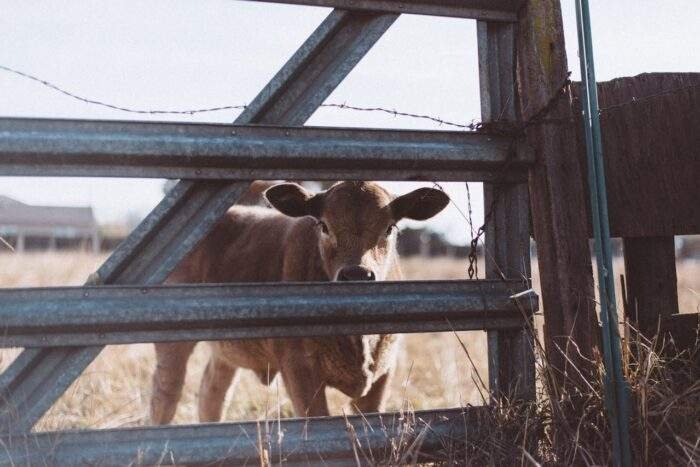Essential Considerations for Insuring Your Ranch Property
Key Takeaways

- Insight into the scope of coverage necessary for robust ranch insurance.
- Methodologies for comprehensive risk assessment specific to ranches.
- Guidance on balancing cost against coverage while choosing insurance policies.
- Strategies for fostering constructive relationships with insurance agents.
- The advantages of customizing insurance policies to the ranch’s unique needs.
- Interpreting the subtleties present in insurance contracts to avoid future disputes.
Ranch Insurance: What Does It Cover?
Understanding what ranch insurance covers is foundational for safeguarding your agrarian lifestyle and investments. A comprehensive ranch insurance policy may protect various assets, including dwellings, barns, outbuildings, and the indispensable tools and machinery required for daily ranch operations. Insurance that covers livestock can mitigate financial losses due to death from accidents or illnesses. Liability coverage forms a component of ranch insurance to manage risks like injuries on your property or legal issues stemming from ranch operations. In complex ranching scenarios, having an overarching, meticulous approach to insurance can mean the difference between a resilient business and a financial crisis after an unfortunate event.
Identifying Your Ranch’s Risks
Every ranch comes with its unique set of challenges and risks. Natural perils, such as droughts, flooding, and wildfires, can pose significant threats to the well-being of ranch assets. On the other hand, human activities such as handling farm equipment or animal interactions could prompt liabilities. Additionally, factors like disease outbreaks require specific attention for biosecurity measures. Precisely identifying these threats through careful analysis and consultation with experts is necessary to formulate a robust insurance policy geared toward the unique aspects of your ranch operations.
Choosing the Right Insurance Policy for Your Ranch
Selecting a suitable insurance policy that accurately reflects the value and operations of your ranch is no small feat. The process involves weighing premiums against potential risks and deciding on sensible deductibles for your financial situation. Look for flexible policies that permit adjustments and endorsements so that your insurance can adapt accordingly as your ranch expands or diversifies. Remember that the cheapest option might not provide the adequate coverage required, and underinsured losses can quickly accumulate, becoming a financial burden.
Working with Insurance Agents: Finding Your Best Fit
Building a relationship with a knowledgeable insurance agent who understands the complexity and nuances of ranching is invaluable. Engaging with a specialist who can decipher the specific needs of your ranch ensures that you are presented with policy options that are tailor-made for your situation. Regular communication with your agent can entail updates in coverage as your ranch grows, and they can serve as your advocate in case of claims. Transparency and trust are the cornerstones of this partnership—agents should clearly explain the terms and conditions of the insurance products, empowering you to make well-informed decisions.
Customizing Your Policy: A Tailored Approach to Ranch Insurance
No two ranches operate the same; each has its practices, size, and type of operations, necessitating unique insurance solutions. Consider the different aspects that make your ranch unique, such as agri-tourism elements or organic farming practices. These specializations might require additional liability coverage or endorsements. Insurance flexibility, which includes coverage for both general and niche aspects of your ranch, provides a safety net tailored to your specific operational framework. By customizing your policy, you can defend against the vulnerabilities inherent to your ranch’s specialty.
Understanding Insurance Contracts: What to Look Out For
Insurance contracts are often dense with legal jargon that can be difficult to navigate. Paying attention to details such as how deductibles are structured, and the bounds of coverage can prevent future financial encumbrances. Exclusions can be a significant focus area as these outline what is not covered by your policy. By understanding these conditions, you can avoid gaps in protection that could lead to unprotected losses. Understanding the claims process in depth, including the time frames and documentation required, might also be beneficial to ensure a smooth experience when a loss occurs. This comprehensive understanding encourages you to negotiate and potentially modify terms more favorably before signing the contract.
In conclusion, appropriate and tailored insurance is the linchpin of risk management in ranch operations. Engaging in the process actively—from precise risk identification and meticulous policy selection to building a solid relationship with your insurance agent—fortifies your ranch against the unpredictability of agricultural enterprises. Although initially complex, the investment in a well-suited ranch insurance plan yields long-term stability and peace of mind, ensuring your ranch can thrive for years.




